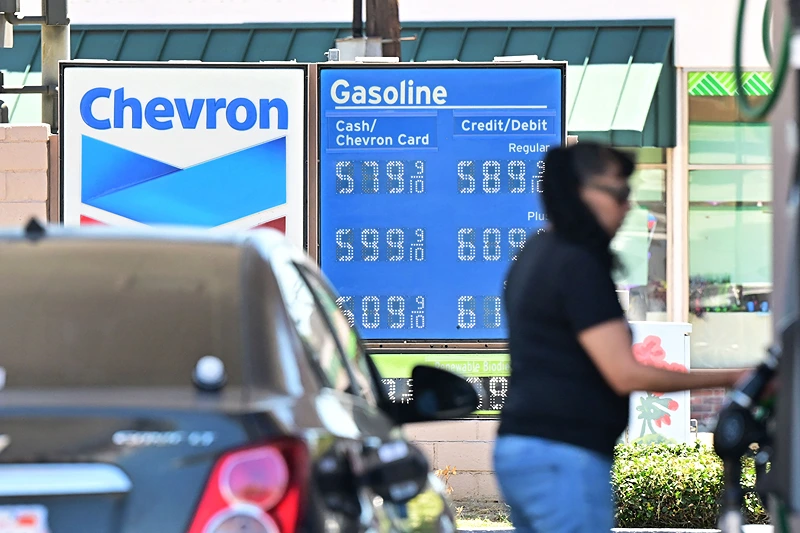
OAN’s Brooke Mallory
12:42 PM – Tuesday, December 12, 2023
The Federal Reserve’s long-term objective for U.S. inflation was persistently exceeded in November with 3.1% growth, supporting central bankers’ arguments to maintain current interest rates this spring.
According to experts’ predictions, the Consumer Price Index, which measures increases in the prices of necessities, decreased somewhat from October’s reading of 3.2%. This was the index’s lowest monthly reading since June.
However, it was still much faster than the 2% rate that the Federal Reserve was targeting, a level that the U.S. economy has not experienced since 2012. Central bankers have raised interest rates to a 22-year high, ranging from 5.25% to 5.5%, in the hopes of a downturn in the economy.
The Bureau of Labor Statistics blamed the fuel index, which dropped 6% from the previous month, for the second straight month-over-month decrease.
The core consumer price index (CPI), which measures long-term trends without accounting for volatile food and energy costs, is regularly monitored by policymakers. It rose by 0.2% in November, following a 0.3% gain in October.
According to AAA data, the average price of gasoline in the U.S. was $3.14 on Tuesday, which is less than the $3.35 average that was revealed with the release of the CPI report for last month.
The Bureau of Labor Statistics reported that the increase in the shelter index, which measures housing prices, was 0.4%, “offsetting a decline in the gasoline index.”
Even central bankers appear to be struggling with contradictory economic signals, as Fed Chair Jerome Powell has left analysts wondering if another rate rise is imminent.
He stated that central bankers would keep tightening until the job is done and inflation is back to 2% in a belligerent speech made earlier this month.
“We are prepared to tighten policy further if it becomes appropriate to do so,” he said during a fireside chat at Spelman College in Atlanta.
“The full effects of our tightening have likely not yet been felt,” Powell continued.
Recorded minutes from the Oct. 31st–Nov. 1st meeting, when the Fed ultimately decided to hold the benchmark overnight interest rate steady in the current range of 5.25% to 5.5%, show that just a few days prior, Powell appeared to adopt a more cautious stance when it came to raising interest rates going forward.
The likelihood that the Fed will not hike rates again this year is predicted by the CME FedWatch Tool to be over 98%, up from 85% last month.
The economy may be headed for a “hard landing,” in which interest rates are raised to the point where a recession is sparked, according to economists and well-known Wall Street executives. This concern has grown in the wake of November’s robust jobs report, which indicated the economy’s momentum has persisted despite the Fed’s tightening cycle.
Refinitiv data shows that U.S. firms created a higher-than-expected 199,000 jobs last month, far more than the 180,000 positions that analysts had predicted would be added.
The unemployment rate did, however, slightly decline to 3.7%, suggesting that a soft landing rather than a recession is more likely for the economy.
Recessions are typically indicated by lower hiring periods associated with higher-than-expected unemployment.
Stay informed! Receive breaking news blasts directly to your inbox for free. Subscribe here. https://www.oann.com/alerts

